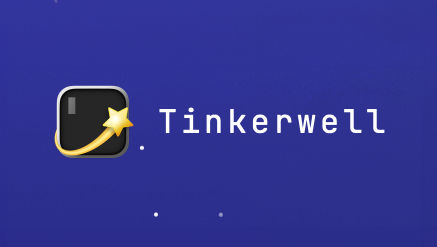Documentation for macOS
#Requirements
Herd requires macOS 12.0 or higher.
#Installation
You can download the latest version of Herd here.
After downloading the DMG file, double-click the file to open it, and drag the Herd icon to the Applications folder. Once Herd is installed, open it from your Applications folder which triggers the onboarding process.
The onboarding process downloads the latest PHP version and installs a Herd background service on your machine. This background service needs admin permissions and is responsible for handling nginx and dnsmasq.
After the installation process is complete, you have a fully-functioning PHP and Laravel development environment. This means you can invoke the herd, php, laravel, and composer binaries from your terminal:
herd --versionphp --versionlaravel --versioncomposer --versionnode --versionHerd does not alter any existing services on your system, and if it's not for you, you can easily switch back to your previous setup.
If you are not migrating from Laravel Valet, learn how to manage your sites with Herd.
#Migrate from Valet
Herd makes it easy to migrate all of your existing Valet sites, certificates and settings to Herd. Upon opening Herd for the first time, Herd automatically detects your existing Valet installation and migrates all existing sites, certificates and settings to Herd.
If Valet is still running, Herd asks you to stop Valet before continuing with the installation.
It is important to note that Herd will does not modify your existing Valet installation in any way. This means that you can easily switch back to Valet at any time.
Just quit Herd and run valet start to start Valet again.
#Using Herd with Fish
If you are using the Fish shell, you need to run the following command to add the Herd binaries to your path:
fish_add_path -U $HOME/Library/Application\ Support/Herd/bin/